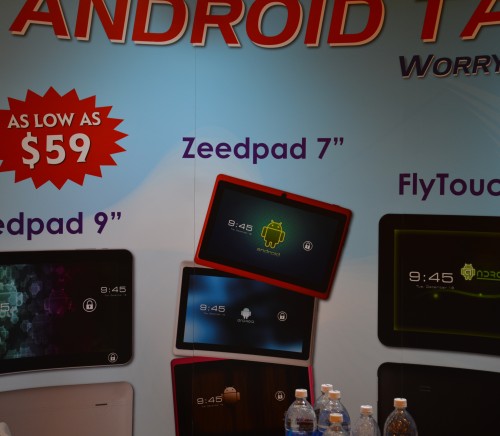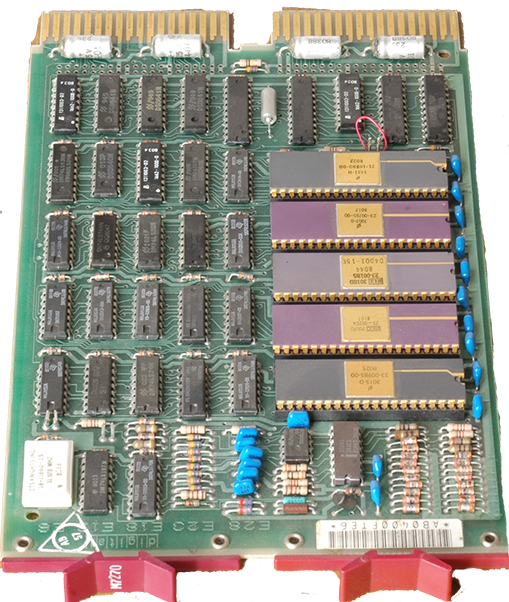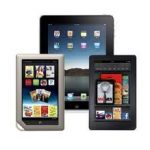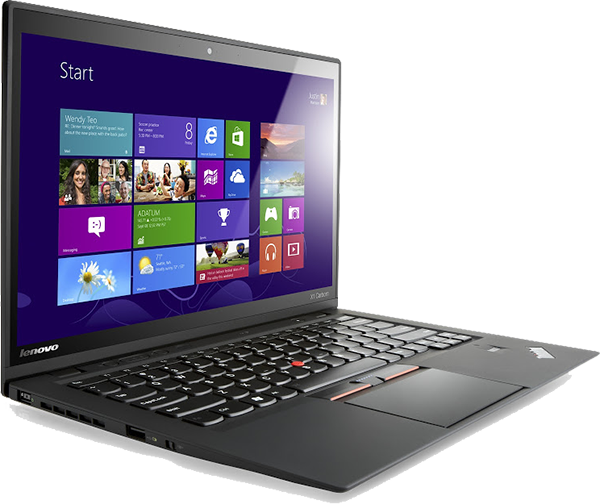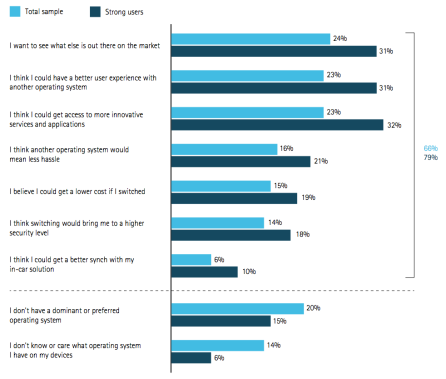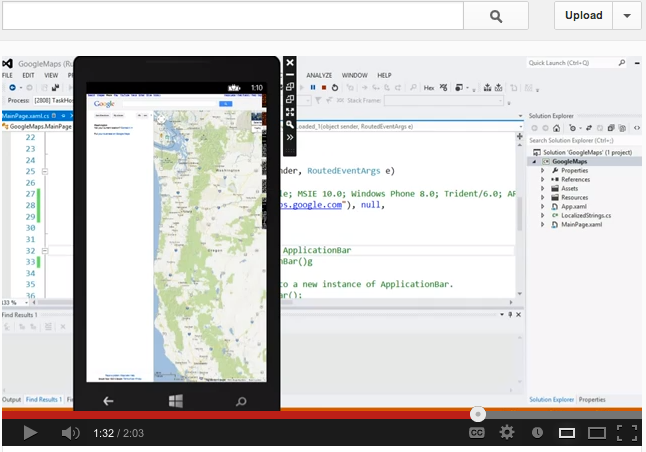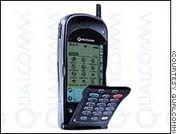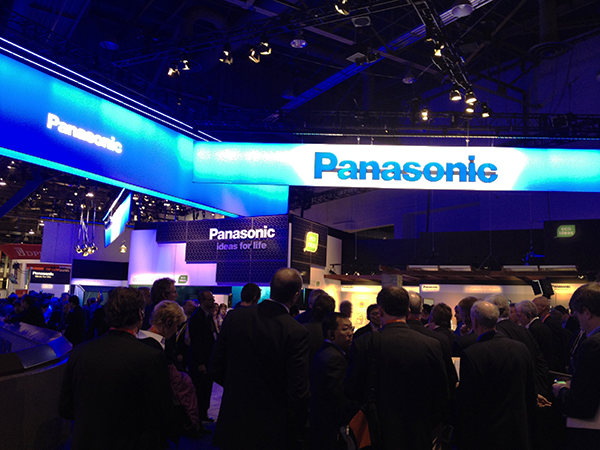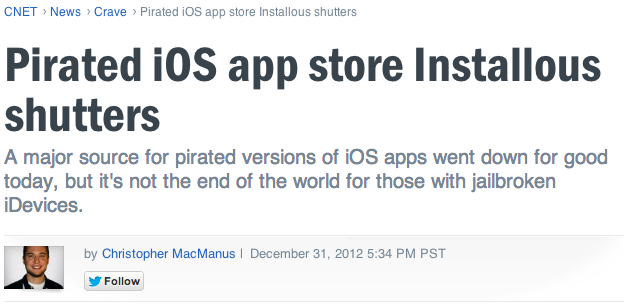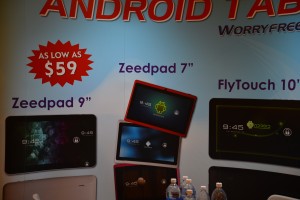 Buckle up because this is going to get interesting. What I am going to elaborate on is perhaps one of the most disturbing and potentially disruptive things that I picked up on at CES. As many of our readers know, I have been studying and compiling data for my Creative Strategies reports around the Chinese consumer technology market. I shared some high level thoughts around the market for Android smartphones in this column where I layout how Android in China is the wild wild west. Yet that market looks fairly organized compared to what is happening with low-end Android tablets in China.
Buckle up because this is going to get interesting. What I am going to elaborate on is perhaps one of the most disturbing and potentially disruptive things that I picked up on at CES. As many of our readers know, I have been studying and compiling data for my Creative Strategies reports around the Chinese consumer technology market. I shared some high level thoughts around the market for Android smartphones in this column where I layout how Android in China is the wild wild west. Yet that market looks fairly organized compared to what is happening with low-end Android tablets in China.
What are Grey Market Tablets
You might be wondering what I mean when I say the grey market tablets. This means several things. First they are made up largely by white box tablets coming to market by a no name brand. A company or shelter company was started to simply take entry level ODM tablets and bring them to market. These devices come with stripped down versions of Android (AOSP). Meaning its basically stock with just a few simple apps pre-loaded and stripped of Google services because they are irrelevant in China. These devices don’t come with any services, including Google’s or from any other like Tencent, 360, Baidu, etc. Consumers who buy these tablets need to go download a local app store (or several) and customize them with the local services they choose. Lastly, the grey market also means how they are sold. Let me explain this last part.
When Tim and I were in Shenzen a few years ago by random accident we happened upon one of the more interesting things I have ever seen. We entered a building that looked like an indoor mall and what we saw was four levels of flea market style booths and tables all selling cell phones and smartphones. The place was bustling with people shopping for phones. As soon as we walked in I knew what we stumbled upon and tried to take my phone out and take a picture. To no surprise the second I tried a nearby guard said I couldn’t take any pictures.
What happens in these technology flea markets is buyers come in loaded with boxes of smartphones and tablets inventory and sell them for extremely low cost (often negotiated rather than fixed). Sometimes hard to find devices make it to they grey market here and go for prices well above retail. This activity is legal but unregulated. When vendors sell out their inventory they close up and come back the next day with more. Given the amount of commerce and the amount of people I observed, I would approximate that many tens of thousands of devices change hands in each of these locations every day and who knows how many of them their are all over China. The grey market sales channel also includes smaller local Chinese shops selling these devices as well. The key thing to understand it that the grey market is parallel to the traditional sales channel but less regulated. This is a simple picture of the grey market in China.
[UPDATE] Engadget’s Chinese Editor Richard Lai shared this link and photo where he was able to get a picture of one of these markets.
How Cheap and How Many?
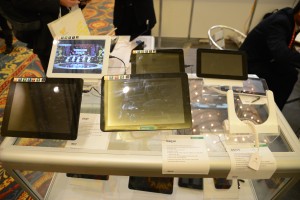 While I was at CES, I talked to a vendor mass producing several versions of these low cost tablets at volume in China. This particular vendor had the lowest cost 7” Android tablet I could find and it was $47 dollars (292.51 CNY). Nearly every vendor I spoke with was around this range offering Android tablets starting at 7” and going to 10.1” for a range of $47-$60 for 7-inch all the way to $150 for 10-inch. There is unquestionably a massive and rapidly growing market for extremely cheap Android tablets in China. How big this grey market is hard to quantify and I know I am not the only analyst currently trying.
While I was at CES, I talked to a vendor mass producing several versions of these low cost tablets at volume in China. This particular vendor had the lowest cost 7” Android tablet I could find and it was $47 dollars (292.51 CNY). Nearly every vendor I spoke with was around this range offering Android tablets starting at 7” and going to 10.1” for a range of $47-$60 for 7-inch all the way to $150 for 10-inch. There is unquestionably a massive and rapidly growing market for extremely cheap Android tablets in China. How big this grey market is hard to quantify and I know I am not the only analyst currently trying.
The challenge is that these are being built by many second or third tier manufacturers. Many of these are off the radar but are sourcing older generation materials from many of the usual component manufacturers. Although these second and third tier manufactures don’t have massive capacity, there are many of them popping up all over the place. They are sourcing later generation components like SoCs, memory, and displays, which have dropped in price, have higher yields but are also looking to be moved in volume by the source to clear inventory for newer products. Also, because these are moving in volume through non-traditional parallel channels, it makes it that much more difficult to track.
However, through some trusted sources in the supply chain who have common parts across these devices, I think I can approximate its size potential. Toward the later half of 2012 these tablets sold into China and grey market, super cheap, locally made Android tablets were creeping up on 20 million a quarter. This segment is gaining steam and I believe the market for tablets in China could be as high as 200 million units in 2013 largely driven by the grey market and super cheap Android tablets. I know this seems shockingly high and is much higher than other firms estimates. But it is these super low-cost Android tablets that could bump the number up and lead China to pass the US in tablet sales next year. If this scenario plays out as we believe it means that we could be looking at total worldwide tablet sales of over 400m in 2013. Meaning if we count these low end Android tablets we could sell more tablets than PCs in 2013. Also based on overall triple digit tablet growth in China, which is line with many supply chain forecasts I have seen, this number is plausible. There is of course the question of local manufacturing being able to meet demand but as I said sources are popping up all over the place as this is beginning to smell like a gold rush.
Significant Implications
This of course has significant implications on many levels. First of all legitimate brands are going to be challenged to compete with dozens upon dozens of upstarts looking to trade margins for volume just to make a quick buck. These off brand white box companies do not have sustainable businesses but it sure has the potential to make some people fairly rich overnight. Get in, ride the wave as long as possible, get out.
This growing movement has the potential to thwart the growth opportunity for many legitimate brands trying to build legitimate products and add value around hardware, software, and services specifically for the APAC region. Of course many legitimate brands will still do well in China because the market is so big, particularly in the tier one more developed regions of China. However, those buying these cheap tablets are likely not also buying ones from a major brand. So arguably, these low end devices are stealing customers from the legitimate brands.
Although all of this sounds crazy and like a hot mess (which it is), it is potentially a good thing for the China tablet market. These grey market tablets will help develop the market for tablets at large. As Chinese customers experience these products for the first time and potentially refresh them several times a year, these consumers will become accustomed to their needs, wants, and desires with regards to tablets and then begin to shop for products who are innovating and adding value. This is where the brand comes in, because as value is established in the mind of the consumer, they are willing to pay more for the function and convenience.
Many of us in the developed world are extremely accustomed to many technologies like smartphones, tablets, and PCs. We understand, for the most part, what we want and why we want it. Billions of consumers in China do not and that is the point. This market is extremely immature and undeveloped. There are huge problems to be solved in that region but those buying grey market products do not know that yet. The hope is that over time as they experience the pain points for themselves, that those who are investing in adding value and solving those pain points will begin to reap the rewards.
